Your life rewarded
Global stories of award travel, points + miles
News
Africa's first Edition hotel is opening in Cape Town next year
Published Dec. 18, 2025
/
1 min read
Guides
Keep calm and carry on: The best carry-on luggage for every kind of trip
Published Dec. 18, 2025
/
8 min read
Guides
6 ways to maximize the Chase Sapphire Preferred as a beginner
Published Dec. 18, 2025
/
9 min read
News
Alaska Airlines adds 7 new routes, fortifies its turf in the Pacific Northwest and Alaska
Published Dec. 18, 2025
/
2 min read
Guides
Brookfield Place is a holiday oasis for shopping, dining and more in downtown Manhattan
Published Dec. 18, 2025
/
4 min read
News
American Airlines adds new US airport, plans 16-route expansion covering 20 cities in 2026
Published Dec. 18, 2025
/
5 min read
Guides
Chase Points Boost to offer less than 2 cents per point at some properties in The Edit — beginning after Dec. 22
Published Dec. 18, 2025
/
5 min read
Guides
How I leveraged my Amex Business Platinum benefits for Delta Medallion status
Published Dec. 18, 2025
/
6 min read
News
Basic economy on American will no longer earn miles or Loyalty Points, a blow to AAdvantage members
Published Dec. 17, 2025
/
3 min read
Great offers from partners that reward every day
HOW WE'D USE THESE POINTS

Madison Blancaflor
Managing editor
WHY YOU'LL LIKE IT
Valuable rewards, a low annual fee and wide-ranging travel protections
LIMITED-TIME OFFER
BEST PREMIUM CARD FOR EARNING FLAT-RATE MILES
Terms Apply
LIMITED-TIME OFFER: Earn 100,000 bonus miles
See rates & feesHOW WE'D USE THESE POINTS

Nick Ewen
Senior editorial director
WHY YOU'LL LIKE IT
Solid earning rates, extensive travel protections and terrific airport lounge access
LIMITED-TIME OFFER
Best for businesses with high spending
Terms Apply
LIMITED-TIME OFFER: Earn up to 400K bonus miles
See rates & feesHOW WE'D USE THESE POINTS

Brian Kelly
Founder + "The Points Guy"
WHY YOU'LL LIKE IT
Unlimited access to Capital One’s awesome airport lounges
$2500+ IN ANNUAL VALUE
HOW WE'D USE THESE POINTS

Stephanie Stevens
Associate credit cards writer
WHY YOU'LL LIKE IT
Unlock more than $2,500 in travel and business credits each year.
Explore our favorite cards
We know what points are worth
Invest in the right programs with our unique points valuations — designed to help you travel your way.
2.05¢
Chase Ultimate Rewards
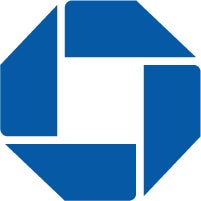
2.20¢
Bilt Rewards

2.00¢
American Express Membership Rewards
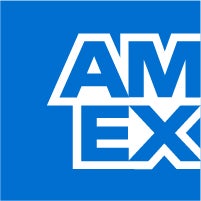
1.85¢
Capital One Miles

1.90¢
Citi Thank You Rewards
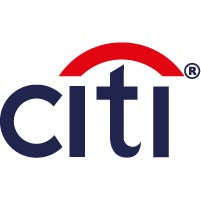
1.55¢
American AAdvantage
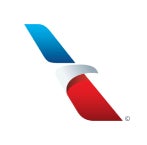
1.45¢
Alaska Airlines Milage Plan
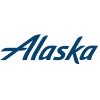
1.40¢
Avios
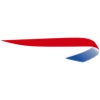
1.35¢
Southwest Rapid Rewards

1.30¢
United MileagePlus

1.45¢
JetBlue TrueBlue Rewards Program
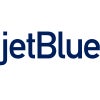
1.25¢
Delta SkyMiles

1.70¢
Word of Hyatt Loyalty Program
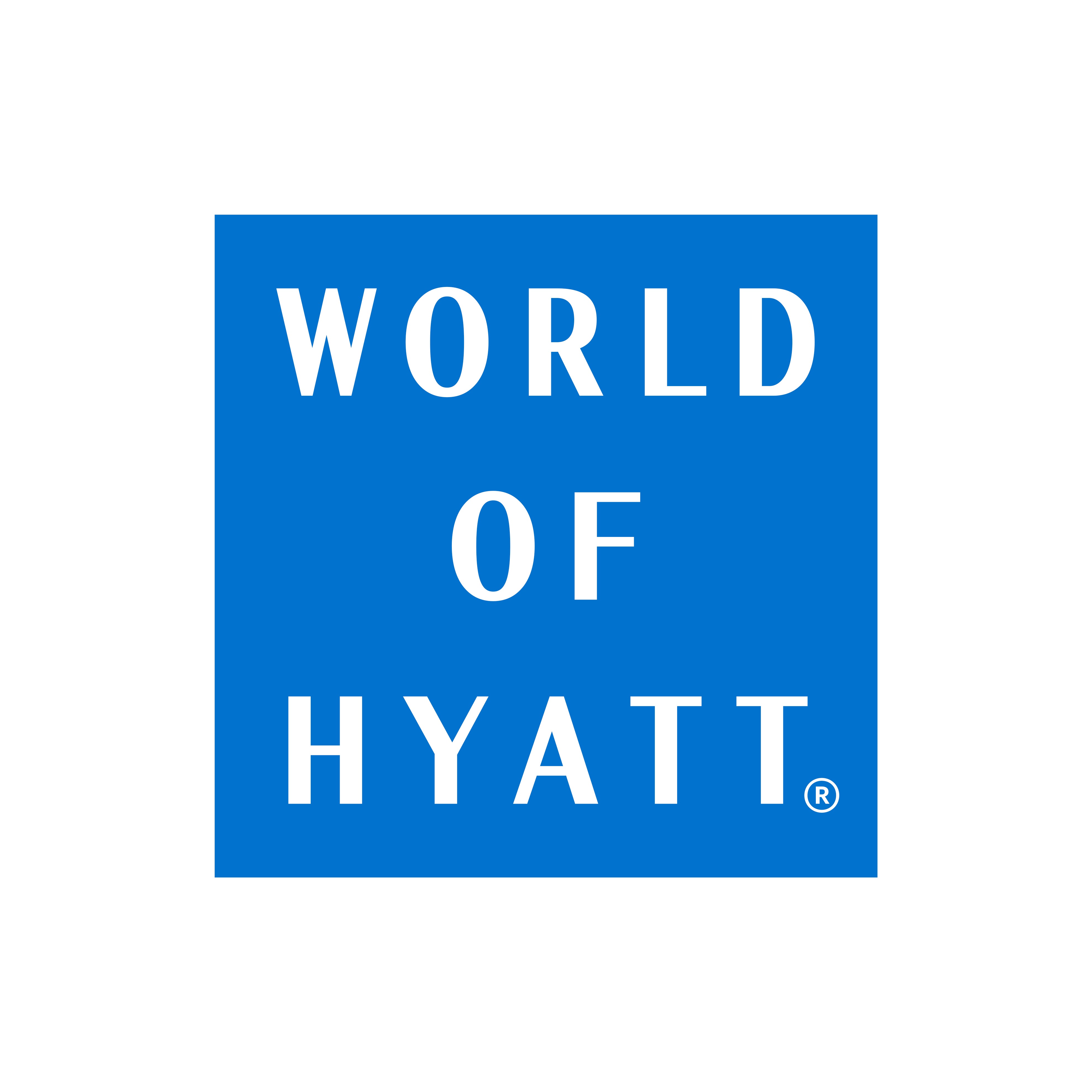
0.70¢
Marriott Bonvoy

0.50¢
Hilton Honors

Navigate with more news, reviews + guides
We've traveled the world to bring you the do's and don'ts of points and miles.

News
Southwest adds Turkish Airlines as sixth international partner
Published Dec. 17, 2025
/
3 min read

News
IHG is targeting select members with a compelling offer to buy elite qualifying points
Published Dec. 17, 2025
/
4 min read

News
Current Chase Sapphire Preferred offer: Earn 75,000 points, worth over $1,500 in travel
Published Dec. 17, 2025
/
3 min read

News
American to give older DCA Admirals Club a much-needed upgrade in 2026
Published Dec. 17, 2025
/
4 min read

Reviews
First look: Park Hyatt Tokyo is back — here’s what it’s like inside the newly renovated hotel
Published Dec. 17, 2025
/
10 min read

Guides
3 reasons United flyers should consider the Aeroplan credit card
Published Dec. 17, 2025
/
4 min read

News
Bilt Rewards adds Spirit Airlines' Free Spirit as a 1:1 transfer partner
Published Dec. 17, 2025
/
2 min read

Reviews
Chase Sapphire Preferred Card review: A top travel and dining card
Published Dec. 16, 2025
/
8 min read

Guides
Why the end of the year is the perfect time to open a premium credit card
Published Dec. 15, 2025
/
6 min read

News
Activate Chase Freedom Q1 categories now: Dining, Norwegian Cruise Line and American Heart Association
Published Dec. 15, 2025
/
14 min read

Reviews
Chase Freedom Unlimited review: A great card for beginners and pros alike
Published Dec. 13, 2025
/
8 min read

News
Highest Chase Freedom Unlimited offer in 9 months — should you apply?
Published Dec. 12, 2025
/
4 min read

Guides
Final reminder: Your Amex Platinum’s $50 Saks credit expires Dec. 31 — here are 6 items to buy
Published Dec. 12, 2025
/
4 min read

Guides
How to transfer Chase Ultimate Rewards points to Air France-KLM Flying Blue
Published Dec. 15, 2025
/
5 min read
News
Save 15% on award nights at new IHG hotels and resorts when you stay by Feb. 28
Published Dec. 08, 2025
/
3 min read

News
When do travel rewards expire? A guide to expiration policies for popular loyalty programs
Published Dec. 08, 2025
/
15 min read

Guides
How to transfer Chase Ultimate Rewards points to United MileagePlus
Published Dec. 08, 2025
/
6 min read

Guides
10 points and miles tasks to complete by the end of the year
Published Dec. 03, 2025
/
8 min read

Guides
How to retroactively credit flights to your frequent flyer account
Published Dec. 03, 2025
/
11 min read

Guides
What are points and miles worth? TPG’s December 2025 monthly valuations
Published Dec. 02, 2025
/
13 min read

Deals
Deal of the day: Fly to South America from 12,000 points or miles
Published Dec. 16, 2025
/
4 min read

Guides
Which airports will welcome you into the terminal without a plane ticket?
Published Dec. 08, 2025
/
7 min read

Guides
Updated: All the best Travel Tuesday and Cyber Week flight deals
Published Dec. 02, 2025
/
15 min read

Deals
United Cyber Week sale: Flights starting at 12,000 miles one-way
Published Dec. 01, 2025
/
2 min read

Guides
We’re giving away 6 tickets to Hong Kong on Cathay Pacific: Here’s how to enter and how to maximize your Asia Miles for travel
Published Nov. 03, 2025
/
11 min read

Guides
12 best things to do in Icy Strait Point and Hoonah, Alaska, on a cruise
Published Nov. 21, 2025
/
9 min read

Guides
Hubbard Glacier vs. Glacier Bay: Which is the better scenic cruising spot in Alaska?
Published Nov. 20, 2025
/
10 min read

Guides
A beginners guide to visiting Alaska’s Glacier Bay National Park & Preserve
Published Nov. 16, 2025
/
14 min read

Guides
These 3 amazing Princess tours of Alaska will get you deep into the wilderness
Published Nov. 09, 2025
/
7 min read

Guides
6 amazing excursions you’ll only find on an Alaska cruisetour
Published Nov. 06, 2025
/
6 min read

Guides
Which Princess Alaska cruisetour is right for you? A complete guide to all your options
Published Nov. 05, 2025
/
16 min read

Reviews
Something for everyone: 6 things to know before you visit a Gaylord resort
Published Dec. 11, 2025
/
8 min read

News
4 reasons to check into a hotel for the holidays instead of hosting at home
Published Dec. 07, 2025
/
7 min read

Guides
The best Cyber Monday and Travel Tuesday hotel deals in 2025
Published Dec. 01, 2025
/
10 min read
CardMatch™
On the search for your next card?
Get pre-qualified and limited-time offers in less than 60 seconds with CardMatch™
Find my match


Go-to stories from our writers
Get to know the points guides that have grown TPG over the years.
Points 101
Prepare for takeoff with points + miles
Begin your points and miles journey here. We'll walk through terms you need to know, earning points 101, how to find new cards and loyalty programs, and how to make that first redemption.
Go to guideKeep The Points Guy in your pocket
Keep TPG in your pocket
Download the TPG App
- Get the latest news and deals, curated just for you
- Maximize points on every purchase
- Track all your points, miles and rewards in one place
- Find limited-time offers for new credit cards
- Identify earning gaps and round out your wallet





























































